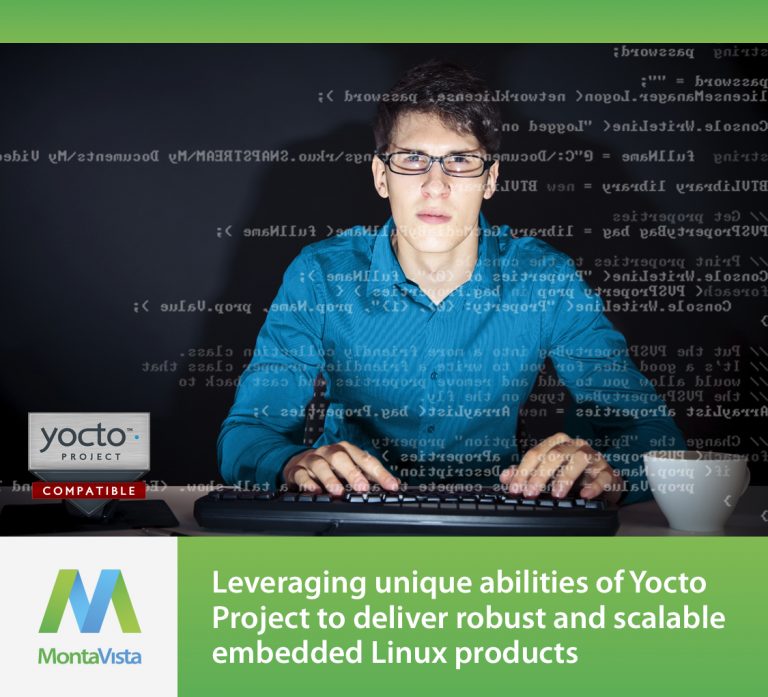Home-grown or commercial Linux: a binary choice?
Are you a home-grown Linux user?

Or do you use a commercial-grade Linux distro provided by a third party such as MontaVista?
It’s customary to present this as a binary choice. But in the real world of the embedded developer, it’s becoming increasingly common for development teams to be both home-grown and commercial Linux users. And there’s one very good reason for this: the Yocto Project.
The Yocto Project has given an extraordinary boost to the early-stage productivity of developers. By using a Yocto Project-compatible distro provided by an SoC manufacturer, or by using the Yocto Project to build their own Linux distro, developers can massively reduce the interval between creating a product idea and starting development of the application.
So a Yocto Project Linux is a great way to start an embedded development.
But is it a great way to finish it?
It’s easy to underestimate or even overlook the costs and risks associated with maintenance and support of a production-grade Linux distribution. When a hardware product is shipped, the Linux operating system on which it runs has to be stable, bug-free, and resistant to malware and other security threats.
Now in a new white paper, MontaVista has itemized the costs of maintenance and support over the lifetime of a typical commercial or industrial embedded device. The calculation depends to some extent on a project’s complexity, but it shows that there is typically very little cost advantage in maintaining an in-house Linux OS compared to the cost of licensing a commercial-grade Linux distro from a provider such as MontaVista.
And the decision is not just about costs: maintaining a home-grown Linux environment entails schedule, quality, and compliance risks that are eliminated by the use of a guaranteed commercial-grade distro.
On the grounds of stability, security and reliability, there is a clear argument in favour of commercial Linux for production implementations of a product design. For prototyping, however, many developers still find a Yocto Project distro provides the quickest, easiest route to first hardware.
Which is why the old binary choice – home-grown or commercial Linux? – is binary no longer: more and more development teams will, in fact, use each at the appropriate stage of development.
Want to know more? Download the full technical paper on “Beyond Yocto™” from https://www.mvista.com/en/resources/detail/beyond-the-yocto-project-the-key-requirements-for-a-stable-production-grade-linux















